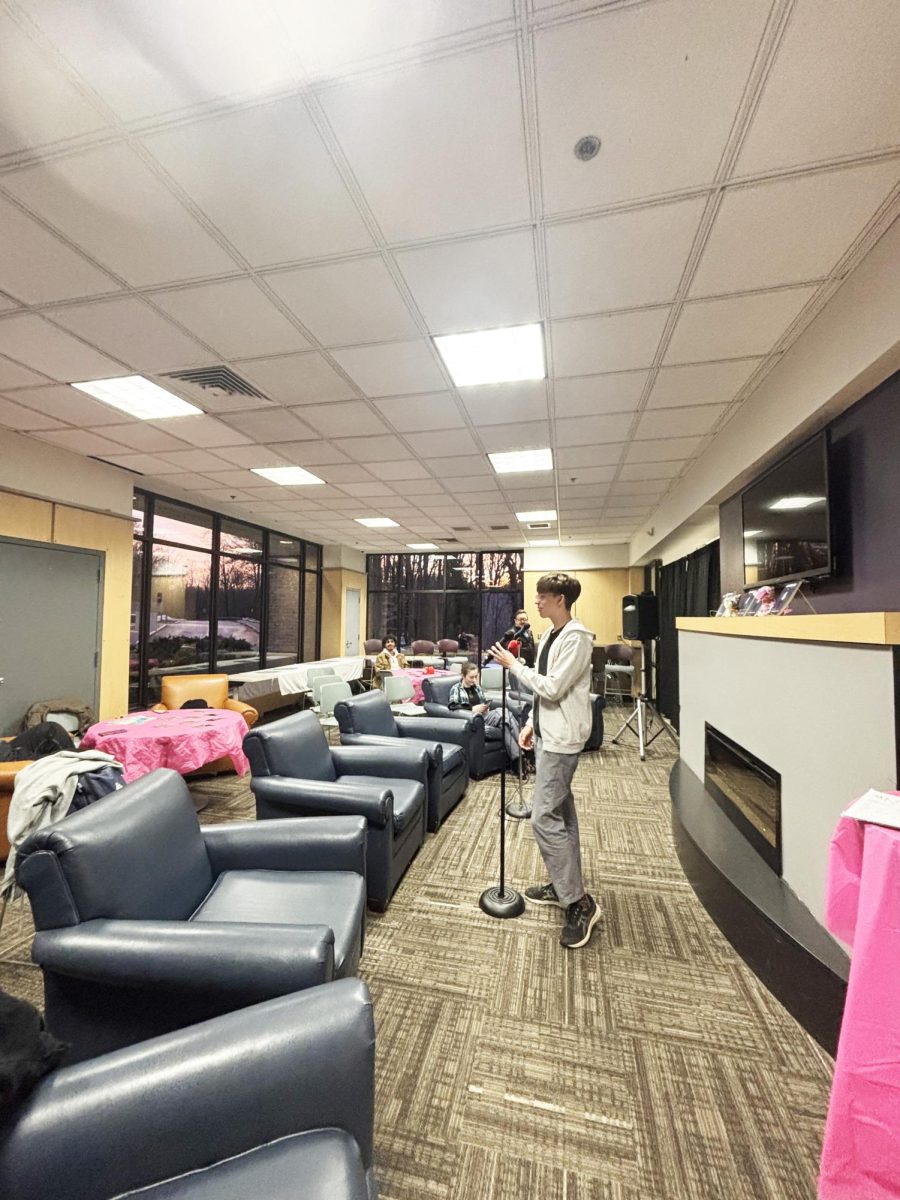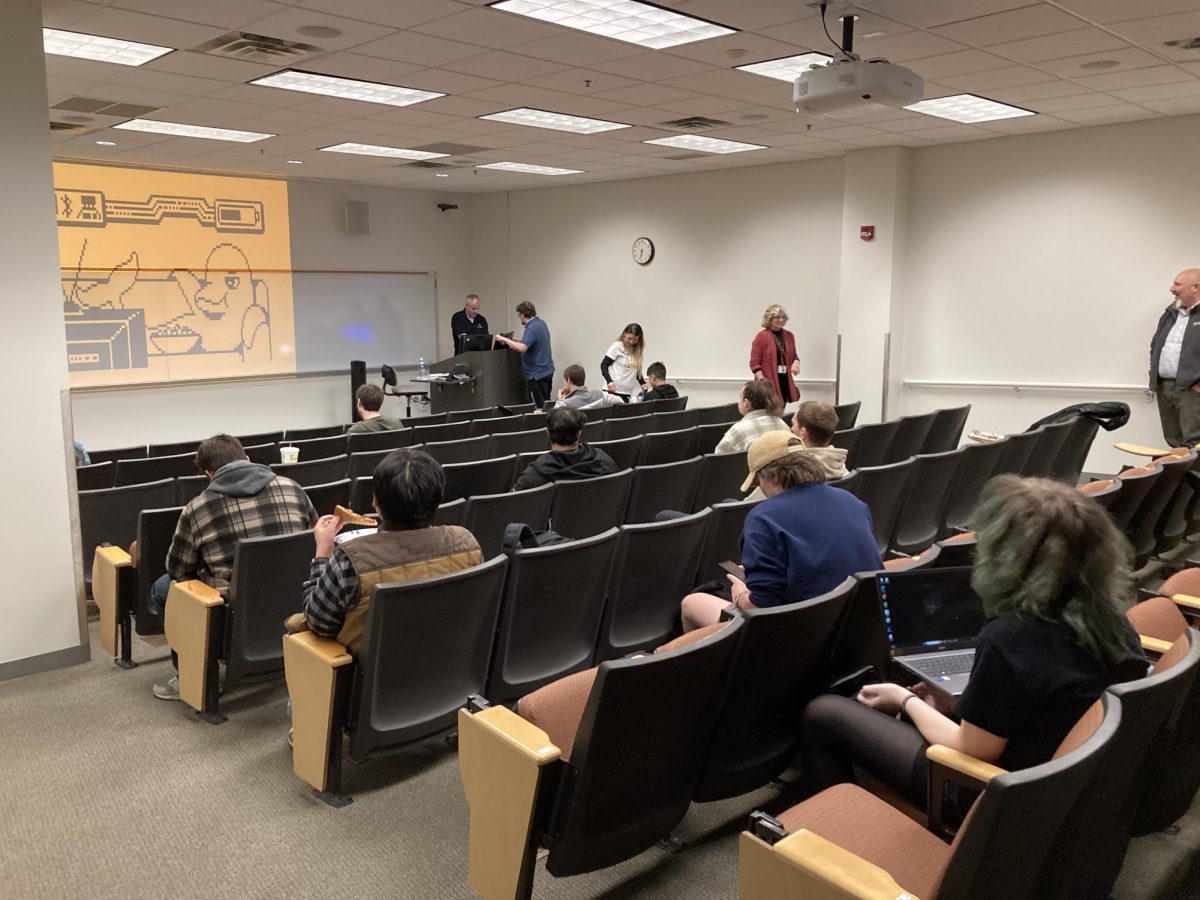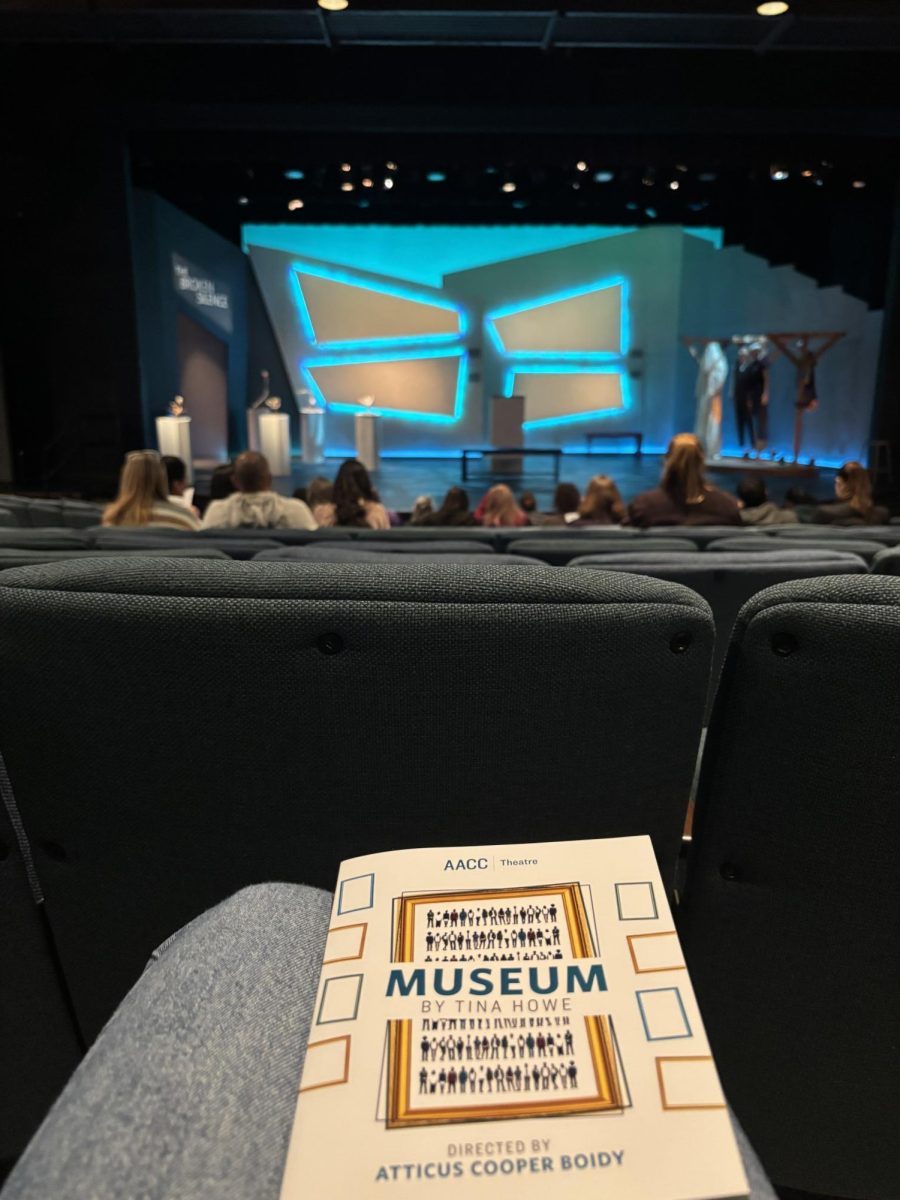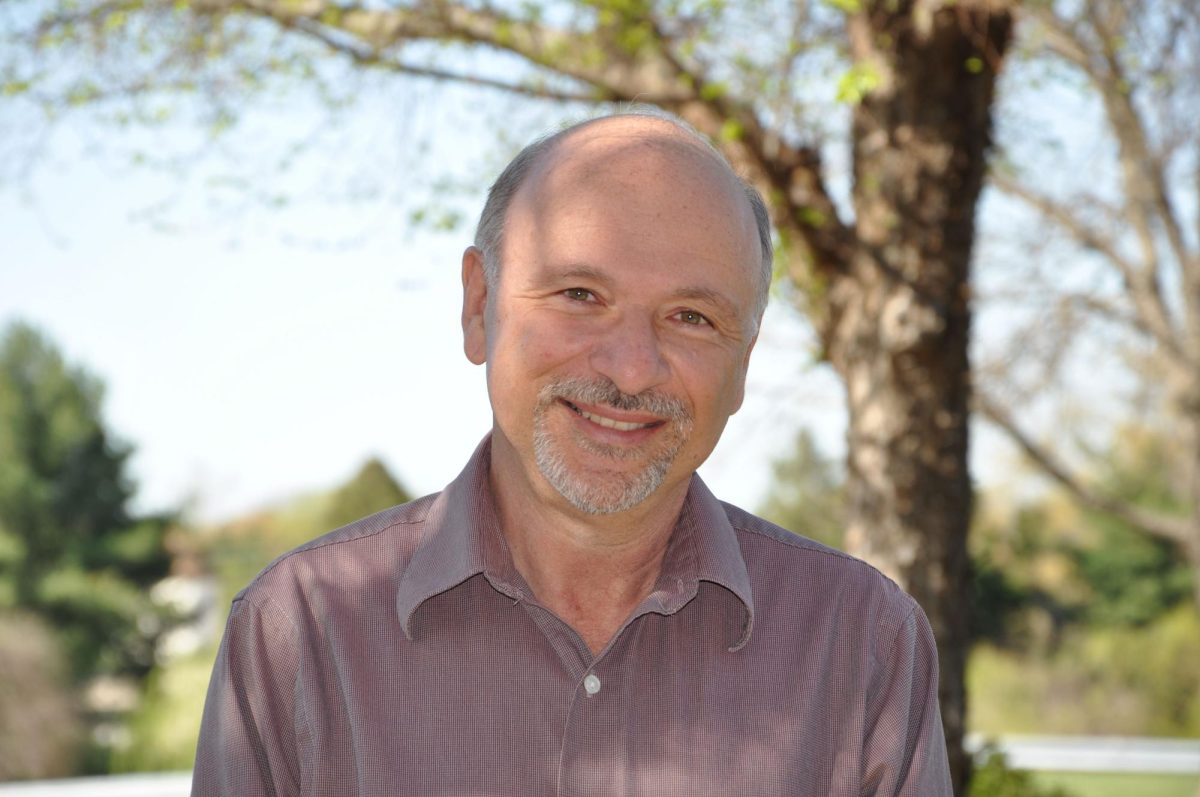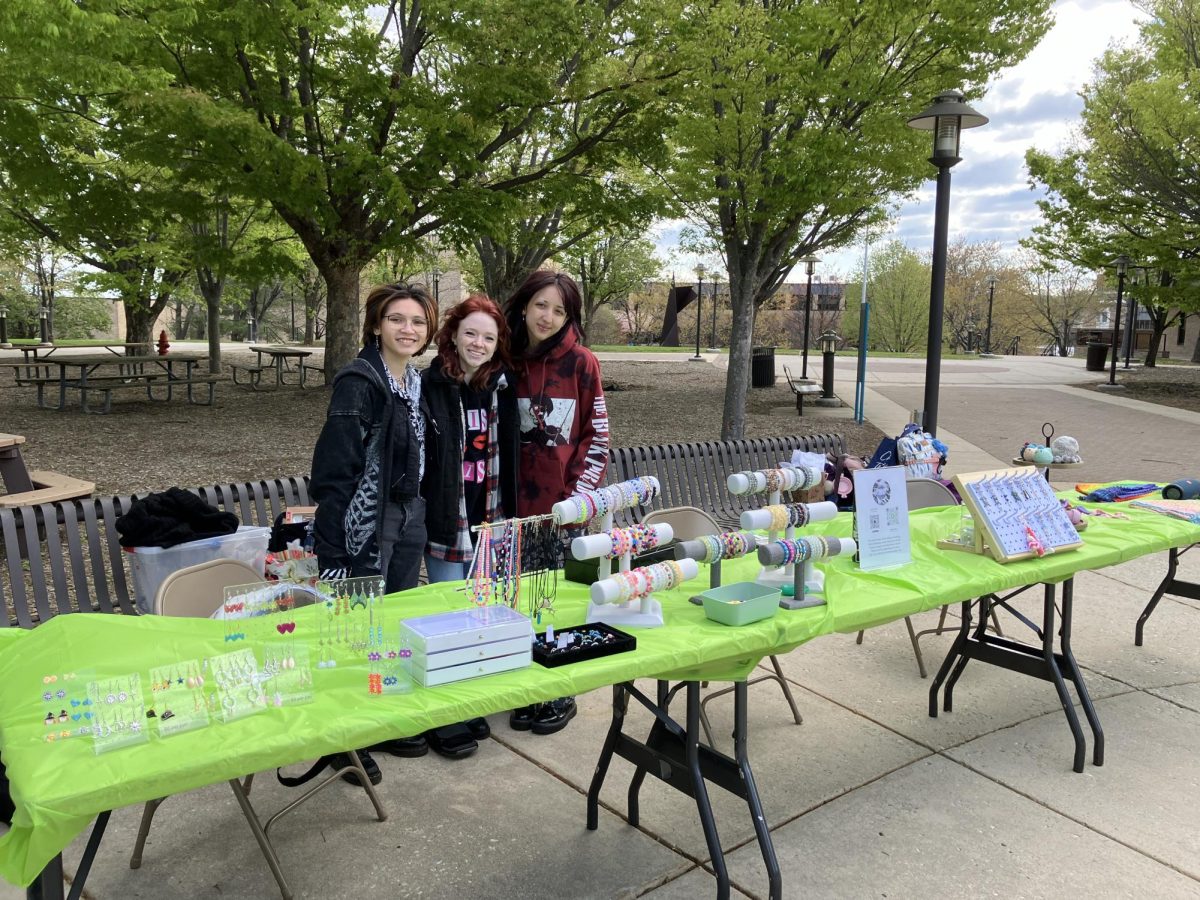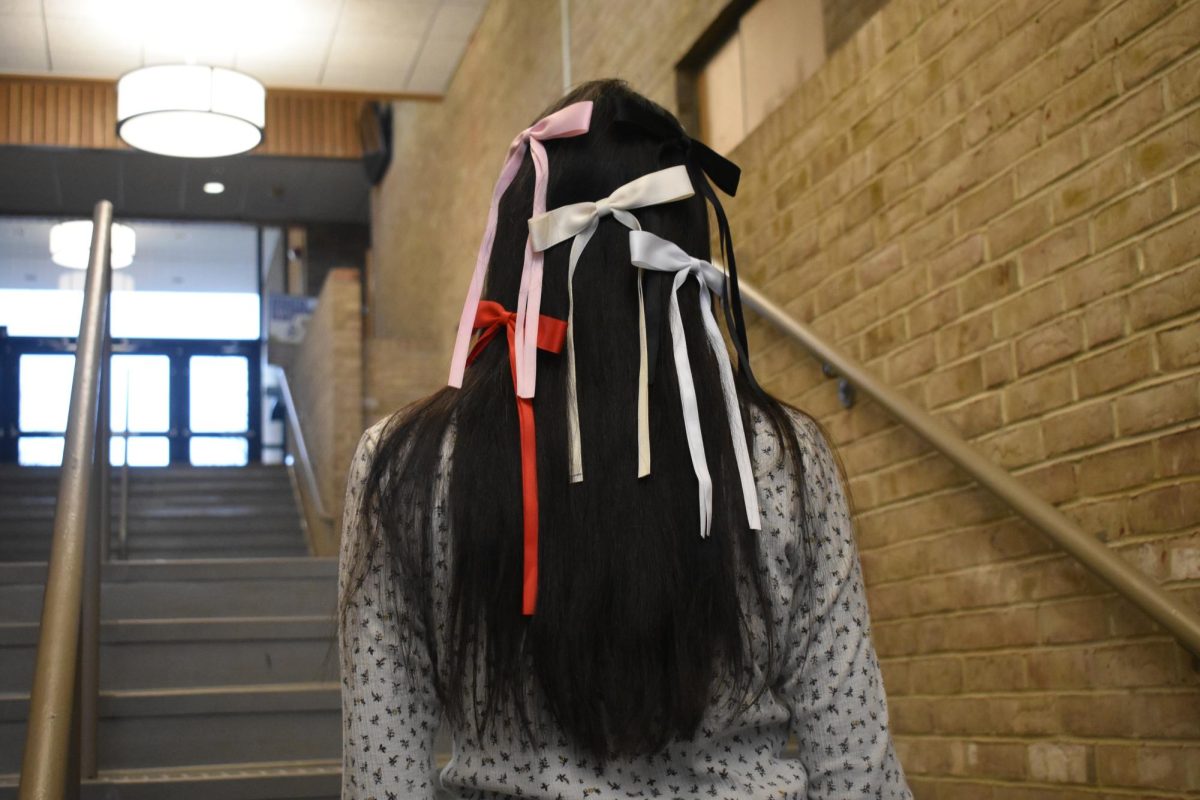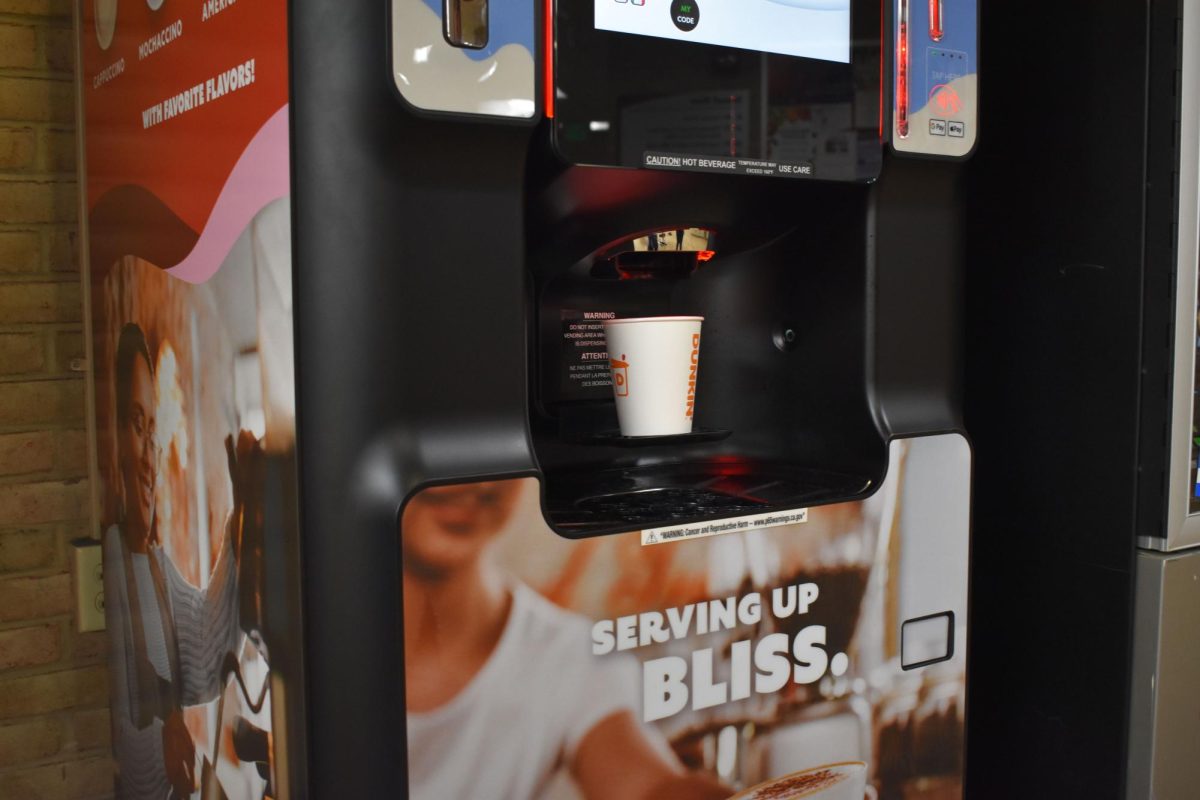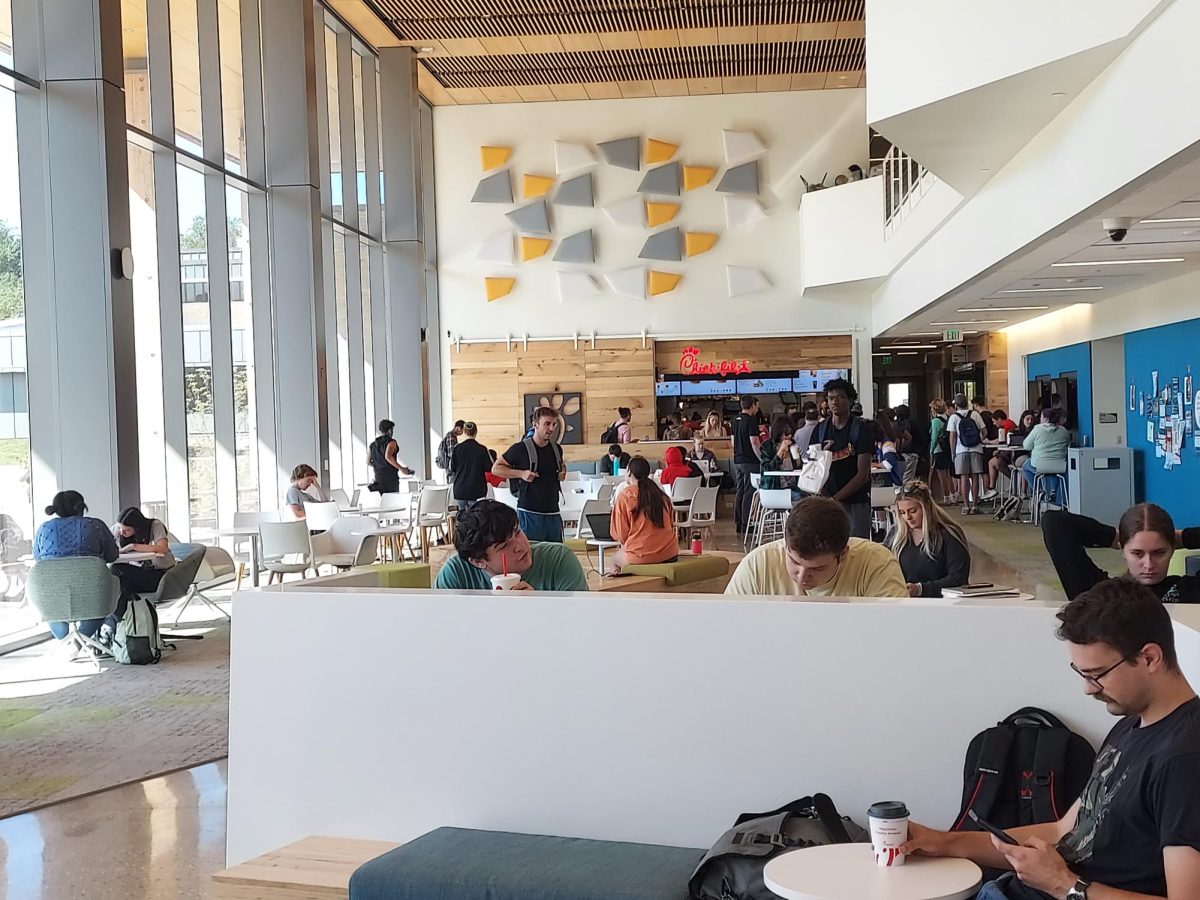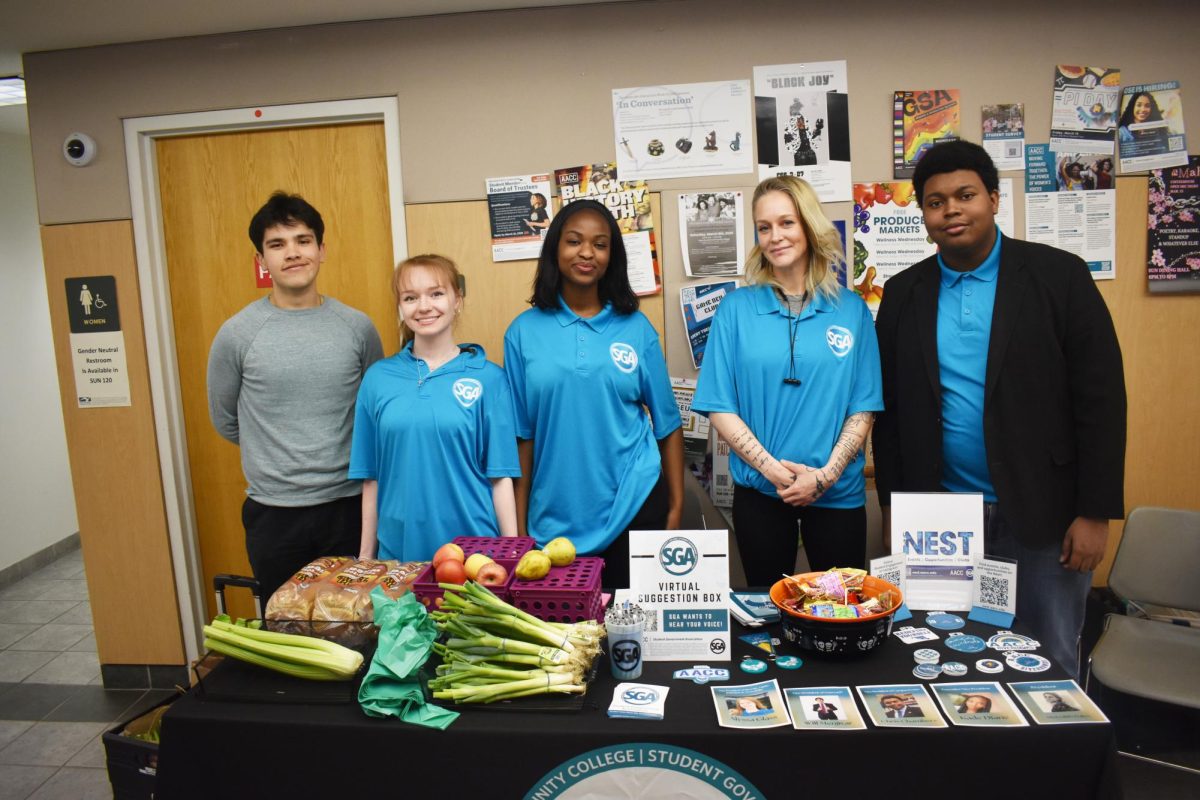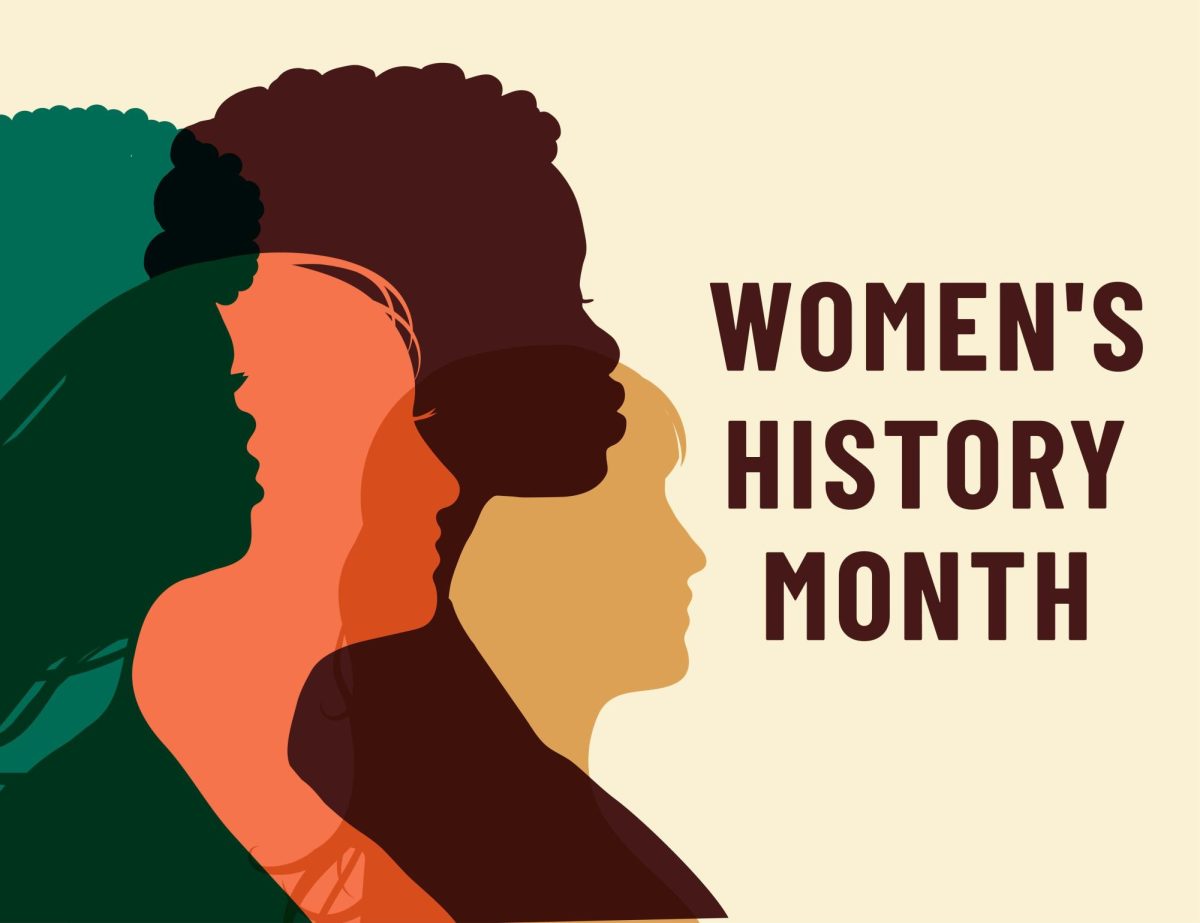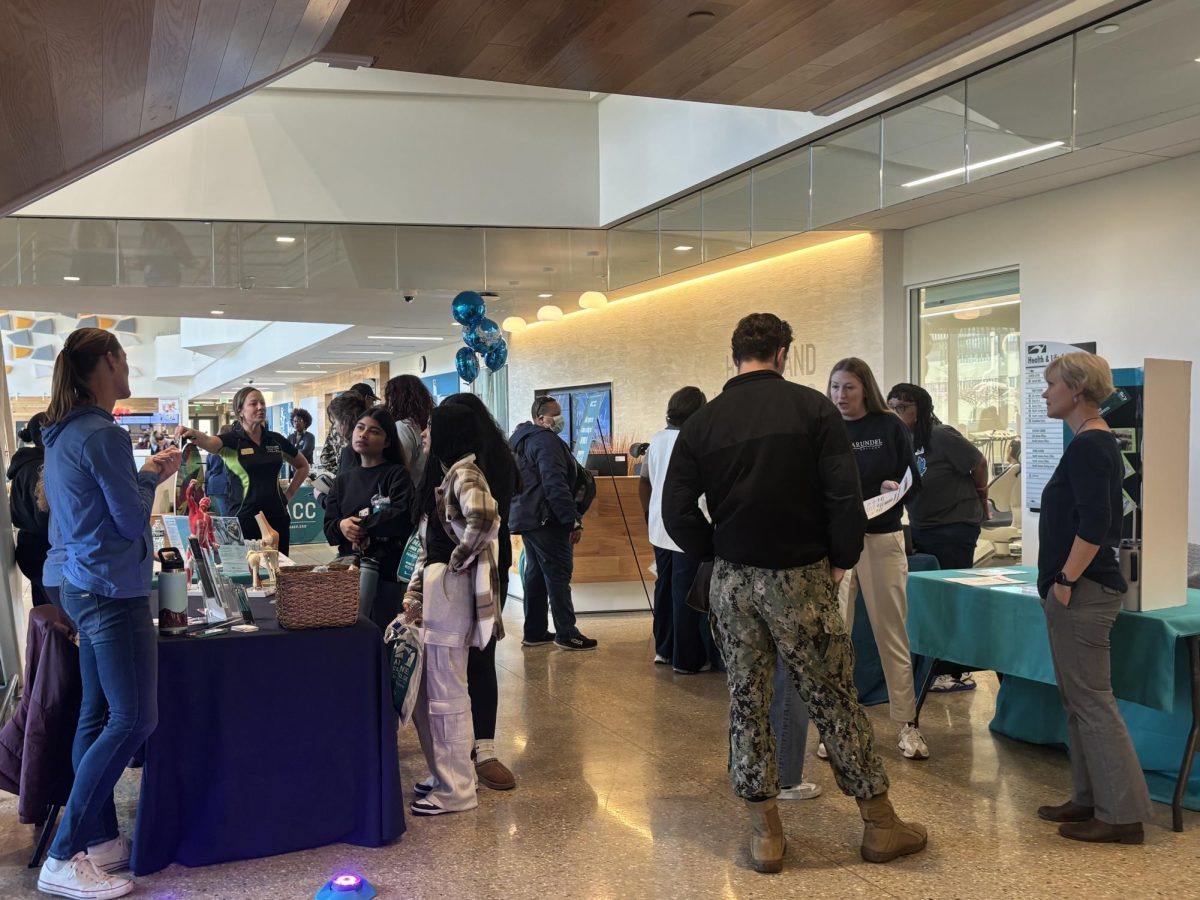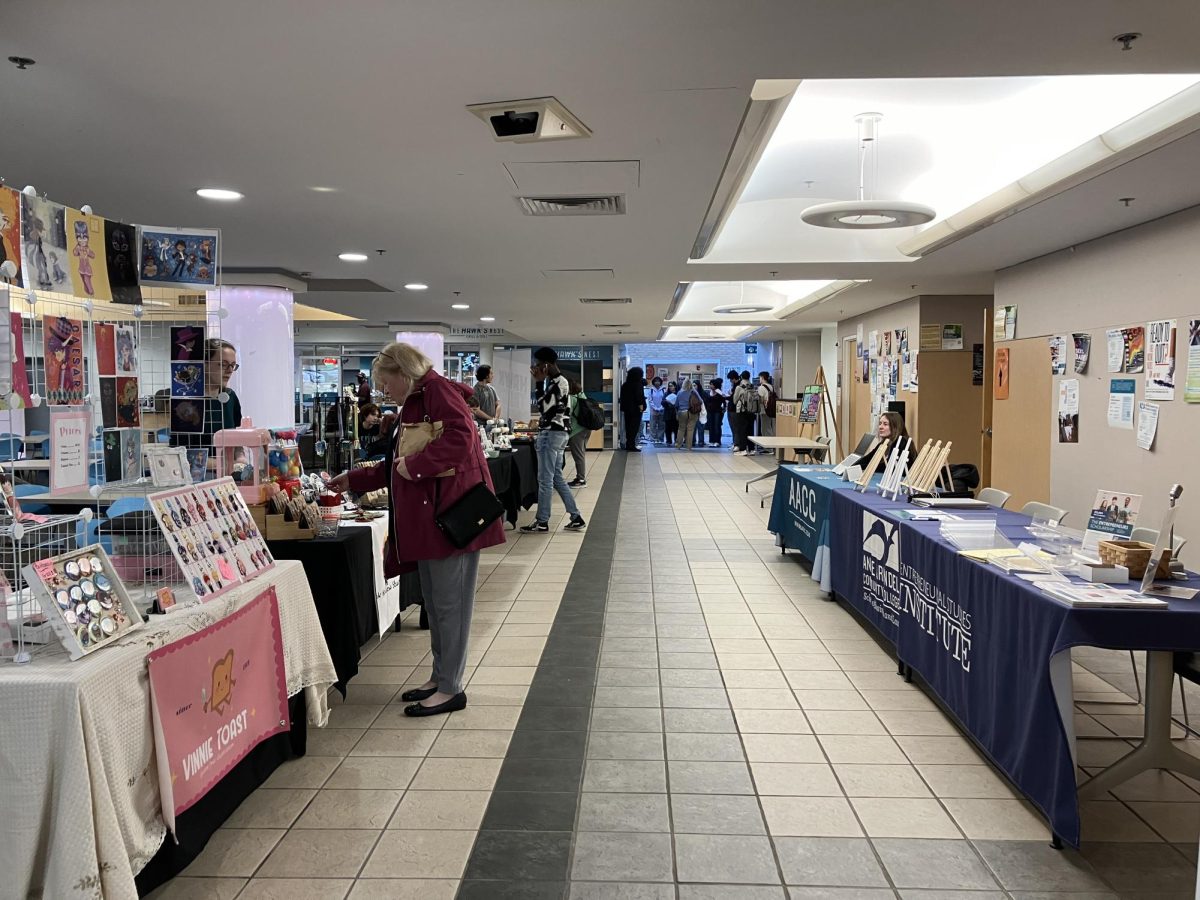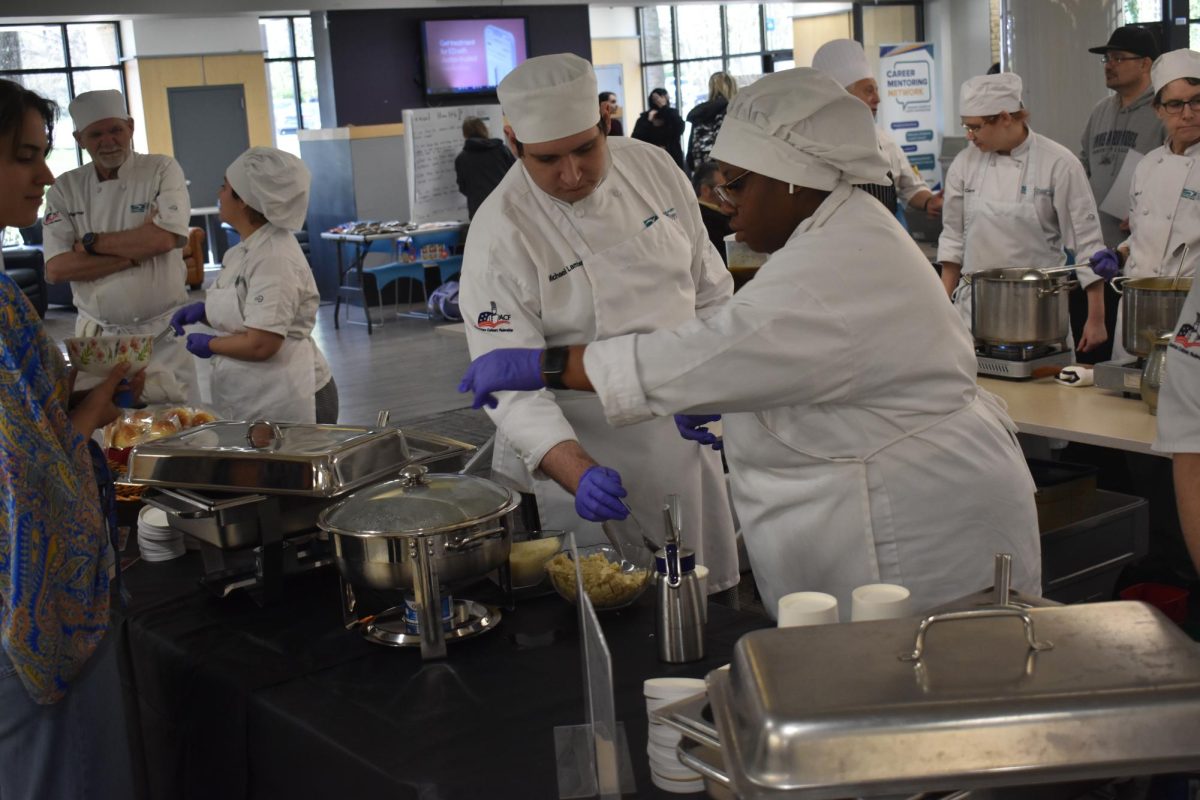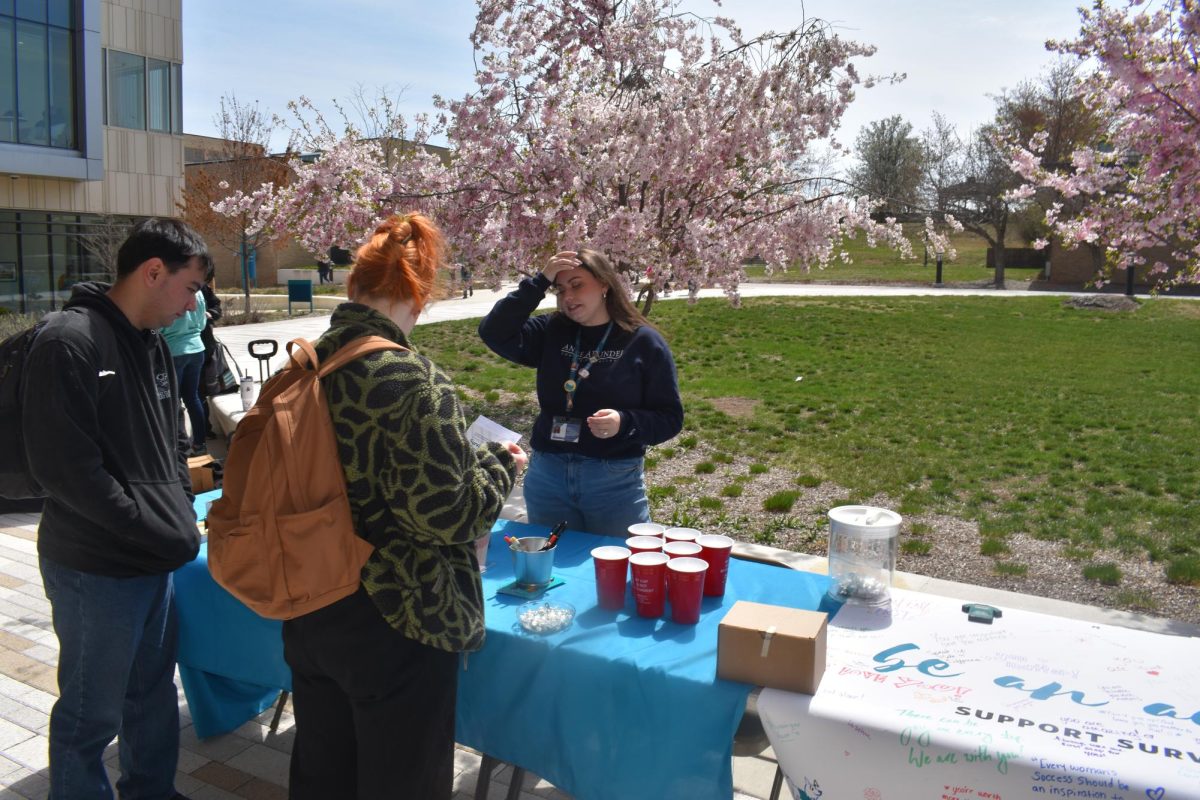The number of public high school students who are also enrolled at AACC dropped by 7% since last spring.
That follows a 7% drop in dual-enrolled students in fall 2024, according to Associate Vice President of Enrollment Management Erin Reeder.
Reeder said the dip in enrollment came after the county limited the number of classes high school students may take for free at community colleges in 2023.
“There has been a decrease due to the fact that the county is not funding, you know, every single course the student wants to take,” Reeder said. “There are limitations on it now that weren’t
there before.”
Before 2023, dual enrolled public high school students could take as many classes as they wished—and any classes they chose—at AACC, and Anne Arundel County Public Schools would pay their tuition.
But the county at that time limited the 11th- and 12th-graders enrolled in the Early College Access Program, or ECAP, to four or fewer classes a year. And it restricted the courses that students could take to a list approved by AACPS.
Since then, high schoolers who choose to enroll in more courses than allowed or in ineligible classes pay 75% of the normal AACC tuition for each class.
Likewise, home-schooled and private school students pay 75% of regular tuition for all of the college classes they take.
The college’s enrollment of home-schooled and private high school students tumbled by 26.6% since last spring, Reeder said.
AACC reported 1,677 dual-enrolled students registered this semester, down from 1,780 last spring. 1,509 of those students attend public high schools while the rest are home-schooled or attend private schools.
“We’re thinking that’s probably contributing to, you know, some of the families not deciding to enroll,” Reeder said.
The 7% dip—a loss of 143 public high school students—in fall 2024 marked the first time AACC saw a decrease in dual-enrolled students since 2022, Reeder said.
Cassandra Moore, AACC’s director of enrollment, development and admissions, said she doesn’t expect the number to drop any further.
“I don’t have a sense that we go from 25% to lower,” Moore said. “I have no sense of that.”
Dual-enrolled student Jules Baquié said it was disappointing when the ECAP program capped the number of courses highschoolers could take for free.
“If the cost of [dual enrollment] increases, or, like, you have to pay [more for tuition], the enrollment will decrease majorly,” Baquié added, “because you’re allowed to have the opportunity of higher education without paying hundreds and hundreds of dollars.”
Daphne Breneman, a dual-enrolled student, agreed, and added, “It wouldn’t be fair … because not many people can afford going to college.”



